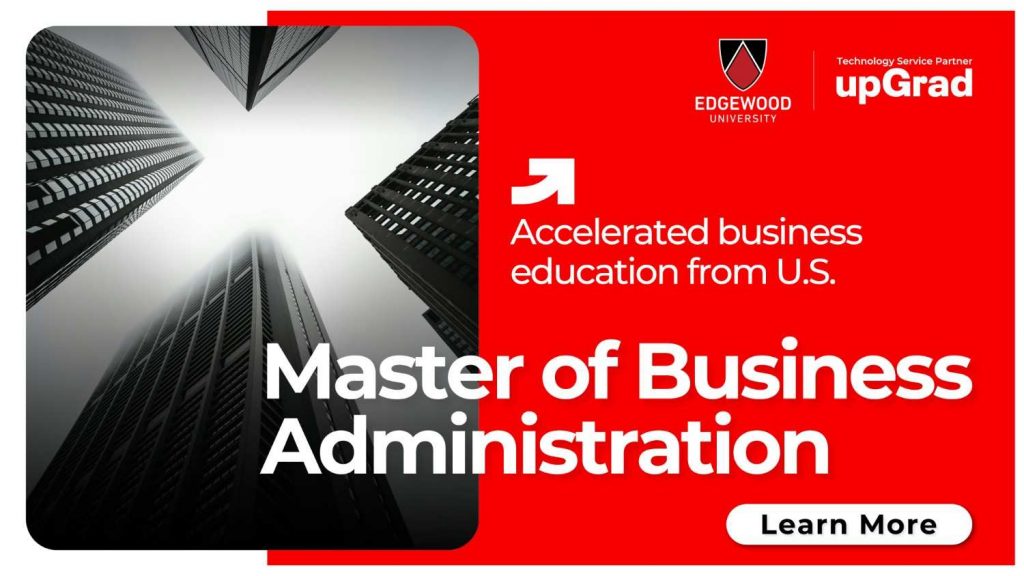Strategic management strategies are vital in integrating human resource policies with broader business goals. As the keyword implies, strategic human resource management involves proactively using HR planning to promote organizational success. This article covers core concepts HR professionals and managers should understand.
Defining Strategic HR Management
Strategic human resource management refers to purposeful HR policies and approaches that improve employee performance to meet company objectives. It moves beyond everyday HR functioning to intentionally further overarching business aims through people-centred practices.
Key facets include:
- proactive vs reactive HR planning
- vertical and horizontal alignment
- managing risk and uncertainty
Unlike routine HR administration, strategic human resource management takes a big-picture view to coordinate workers and workplace strategy.
The Importance of Strategic Alignment
Reports on strategic project management state that firms that can strategically align human capital and business goals achieve higher profits on average. Why does this synchronization matter so much?
Improved Recruitment and Retention
Strategic alignment empowers companies to attract and retain top talent through:
- Enhanced employer branding
- Strategic performance incentives
- Optimized workplace culture
Increased Productivity
Syncing HR and leadership priorities also enables the following:
- Improved employee motivation and engagement
- More relevant staff training and support
- Lean operations without wasted efforts
Mitigated Risks
In addition, strategic analysis by HR allows companies to pinpoint and address looming organizational and external threats, supporting risk and strategic management.
Core Concepts in Strategic Human Resource Management
Specific key ideas provide a framework for strategic human resource management in action:
Vertical Alignment
This refers to linking employee and company goals at the individual and team levels. Strategic alignment ensures every worker understands organizational objectives and how their role furthers success.
Horizontal Alignment
Horizontal synchronization means coordinating different HR activities, such as pay, training, culture, data metrics, and performance management, to work harmoniously towards the same goals.
Managing Uncertainty
While strategic planning sets direction, tactful monitoring and adaptation are also needed. Agility in addressing internal weak spots and external surprises lets companies pivot rapidly.
Conclusion
Success in strategic project management hinges on strategic human resource management, which empowers people-driven performance. As this conclusion outlines, when done effectively, vertical and horizontal alignment fosters a workplace where human capital and business aims complement each other.
FAQs
Here are answers to common strategic human resource management questions:
1. What are some strategic human resource management best practices?
Best practices include:
- Work culture analysis.
- Integrated talent management technology.
- Employee journey mapping.
- Strategic incentive structures.
- Change management frameworks.
- Agile strategy adjustment.
2. Why is strategic alignment critical?
Strategic alignment improves recruitment, productivity, innovation, efficiency and risk mitigation by linking worker performance to overarching business goals at granular and organizational levels.
3. What does it mean to take a strategic approach to human resources?
This means intentionally using policies, data insights, technologies, and culture initiatives to syncretize employee and corporate growth. It’s a big-picture approach to managing people for optimal results.
4. What are some examples of strategic human resource management?
Examples include competency modelling, succession planning, workforce analytics, aligned learning pathways, strategic job architecture, purpose-driven employer branding, and nudging desired behaviours through rewards or office layout.
5. How can risk and strategic management be connected?
Using human capital analytics, trends projection, and cross-departmental coordination, HR provides vital insights for recognizing major upcoming threats early while there’s still time to get ahead of issues.
6. What are the benefits of strategic human resource planning?
Benefits include higher employee retention, more robust talent pipelines, boosted productivity, nimbler organizations, proactive precautions against uncertainty, and the ability to restructure teams to capture emerging opportunities rapidly.
7. How does SHRM influence organizational culture?
Everything from training priorities to performance review criteria to recognition programs shapes shared mindsets and behaviours. When HR practices align with company goals, they reinforce an optimal culture.









